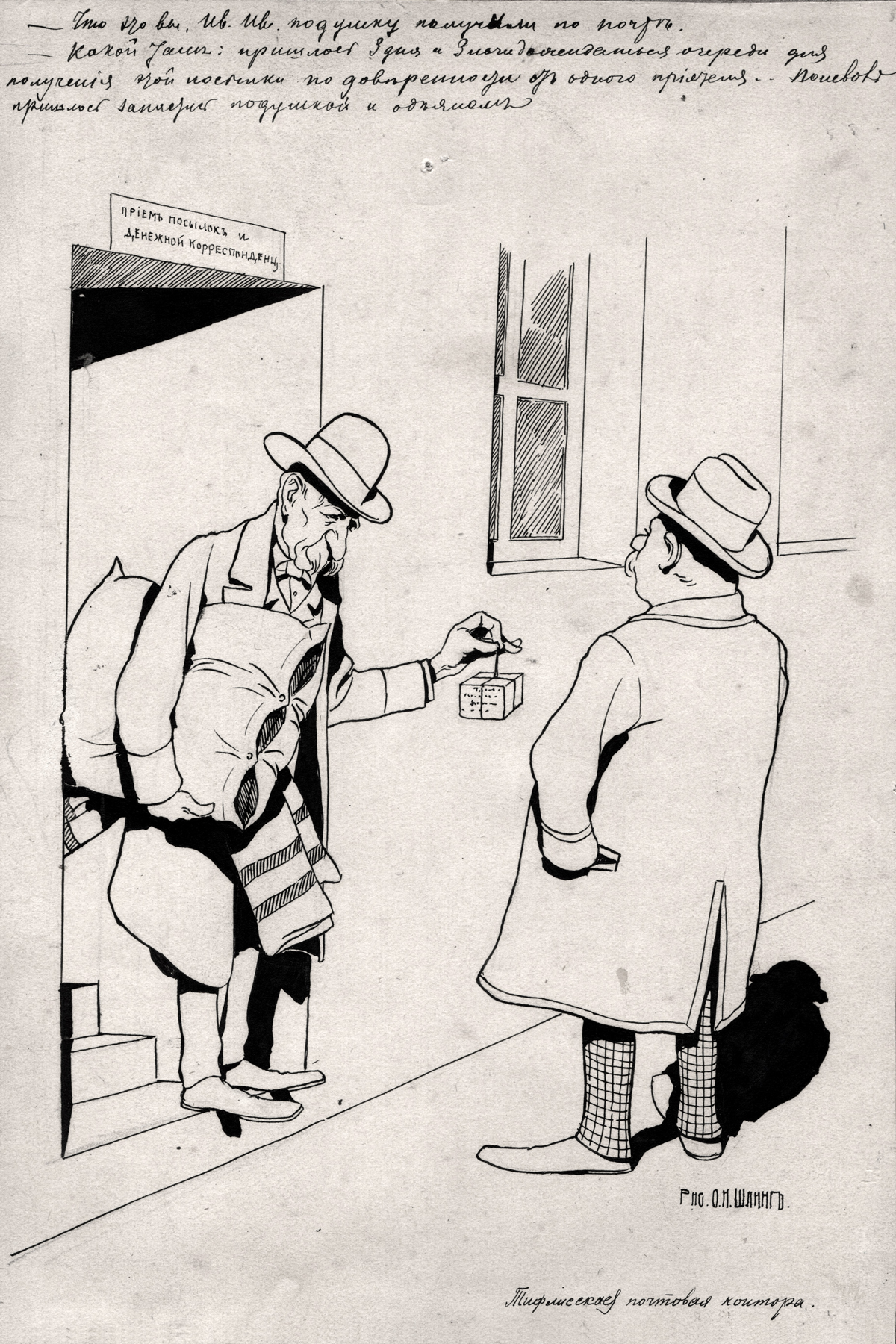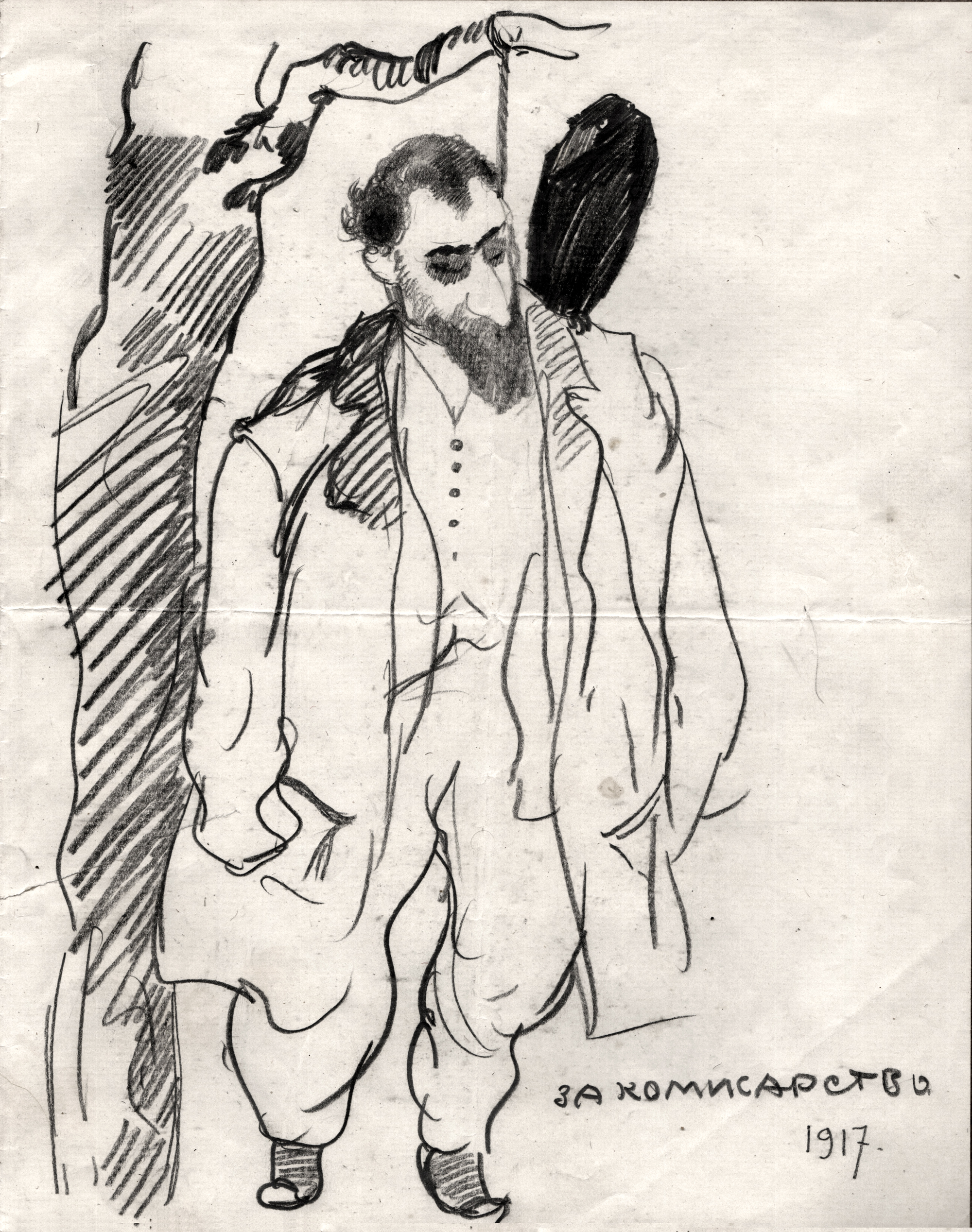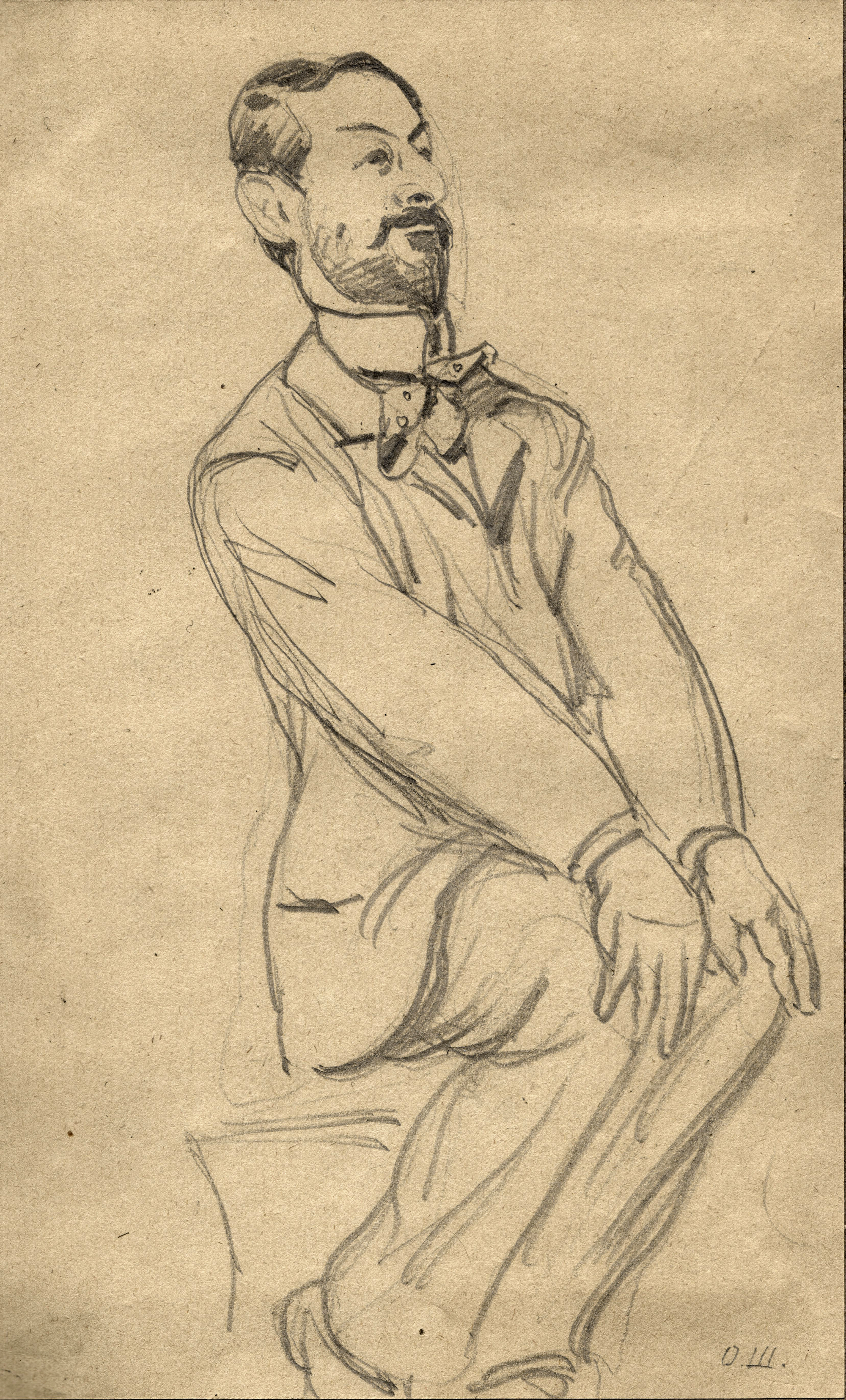The accomplishments of the Caucasus Society for the Encouragement of Fine Arts are detailed in books, photographs and documents of high historical significance preserved in the archives of Tbilisi State Academy of Arts. This was the society responsible for communicating artistic values to the general population at the time. The Caucasus Society for the Encouragement of Fine Arts brought together some highly skilled artists and educators, aiming to enlighten the society about arts.
By the second half of the 19th century, as the city progressed and the middle class grew stronger, the taste of the citizens too became more refined. The role of an artist in a society shifted, growing more relevant to the cultural life and development of the community. In 1860s, P. Babaev and F. Baikov were the first St. Petersburg academy graduates to come to Tbilisi.
By 1873, chaired by S. Talizin, Tbilisi Artistic Society was established, opening a drawing school. Lessons began October 1, 1877. By May 14 of the same year, a grand ceremony of establishing the Caucasus Society for the Promotion of Fine Arts also took place, bringing together the society and the Tiflis branch of the Imperial Musical Society of Russia. The society ran on donations, membership fees and income from various artistic and literary events. From its establishment to 1907, the society was the only organization responsible for shaping the artistic agenda of Southern Caucasus. The code of conduct of the organization has been preserved (Tiflis, 1877).
With the establishment of the organization, art education became increasingly popular. The drawing school started receiving more and more students. As the level of education rose along with the number of talented, successful young people, it became possible for some of them to continue their studies abroad. Famous graduates include K. Zdanevich, G. Bashinjaghyan, A. Shamshinyan, A. Bazhbeuk-Melikov, A. Beridze and more.
On April 10 1901, in the building of Caucasus Society for the Encouragement of Fine Arts (Arshakuni House, Griboedov St.) a six-class art school called the First School of Painting and Sculpture was opened. It was ran by A. Kandaurov for the first year and Oskar Shmerling from 1902 to 1917. Guest teachers included A, Prematz, G. Gabashvili, O. Shmerling, G. Bashinjaghyan, H. Hryniewski and more.
On October 10 of 1908, Tiflis hosted a united gathering of art teachers to discuss the subject of teaching art in schools. During the gathering, O. Shmerling, O. Toidze and E. Tatevosyan were selected to represent Tiflis educators at the educator conference in Ekaterinodar. During the conference, they discussed the opportunities for developing of a higher education facility. The model of French and Russian schools of painting and architecture were selected. In 1922, Tbilisi State Academy of Arts was founded on what used to be the Caucasus Society for the Promotion of Fine Arts.
Oscar Shmerling (1863-1938), German-born fiction illustrator and cartoonist, was one of the active representatives of the Caucasus Society for the Encouragement of Fine Arts. In 1884, he started studying engraving at the St. Petersbourg Academy of Arts. Later, he continued his studies in Munich.
After returning to Tbilisi in 1982, he started his career as an educator, leading the first primary school of art in Southern Caucasus. Between 1902 and 1917, he served as principal of the Art and Sculpture School created by the Caucasus Society for the Encouragement of Fine Arts, and after Tbilisi State Academy of Arts was founded, he became a professor. Davit Kakabadze and Lado Gudiashvili were among his students.
Caricatures were a major direction in his work. His works depicting Tbilisi way of life were printed on cards in 1910. He contributed to magazines like “Molla Nasreddin”, “the Tiflis Journal” and more. O. Shmerling was one of the pioneers of animation.
By the end of 1912, led by O. Shmerling, an architectural-artistic group was assembled within the society, aiming to study artefacts from the Caucasus. As ordered by the state, the group measured many works of architecture, evaluating their condition and developing projects for their restoration.
Below, you can see his works from the debut album of the Caucasus Society for the Encouragement of Fine Arts. The album is preserved in the archives of the Tbilisi State Academy of Arts.
Tiflis Post Office. O. Shmerling. [?] before 1922, 23×15.5, ink on paper
-Что же вы, Иванъ Ивановичъ, подушку получили по почтѣ…
-Какой тамъ…Пришлосъ 3 дня и 3 ночи дожидаться очереди для полученія этой посылки по договоренности отъ одного пріятеля… Поневоле пришлось запастись подушкой и одеяломъ…
За Комисарство. O. Shemrling (?). 1917, 27.5×21.8, pencil on paper
Tiflis Tram. O. Shmerling. 1903, 16×24, ink on paper
Caricature. O. Shmerling. [?] before 1922, 23×14, pencil on paper
The text was prepared by art historian and specialist of at the Fund for Rare Items at Tbilisi State Academy of Arts, Irina Eliozova.

















